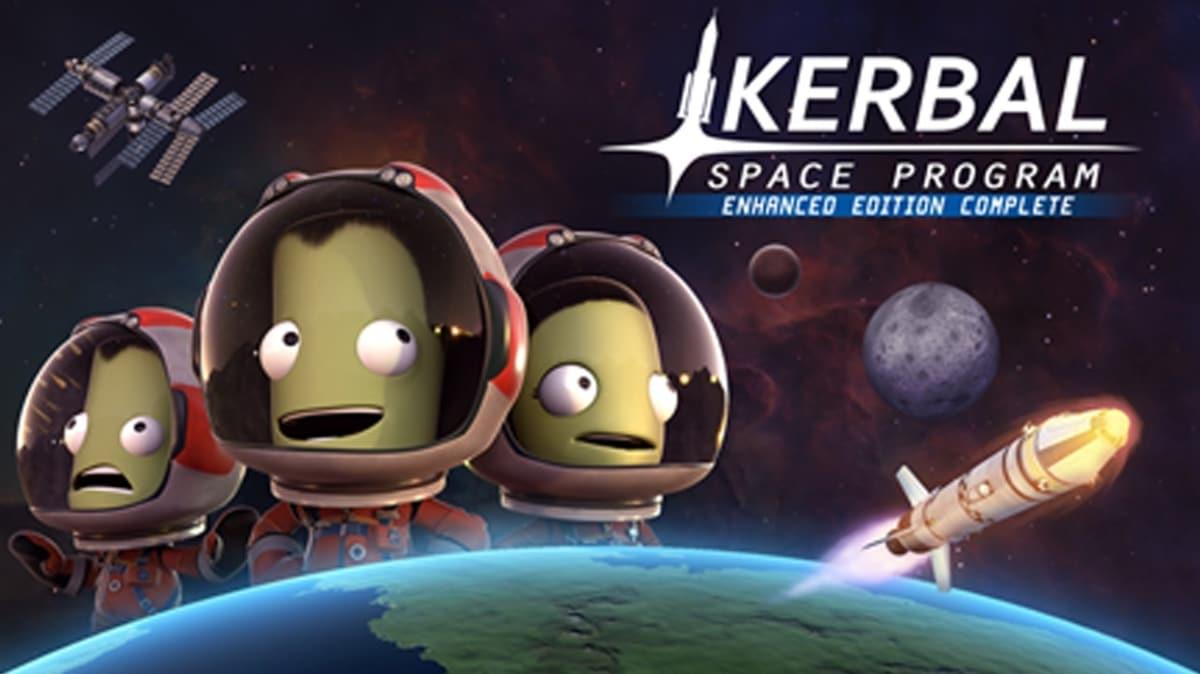
It evolved from a simple sandbox into a full campaign, with science gathering, contracts, resources and tech trees. Over the years, KSP1 became more complex. The first time you touch down on the Mun without any fatalities is one of the greatest feelings in games – you’ll stare fawningly at your tin can lander, sitting there peacefully on the regolith, as if it were your own newborn, metal child.

You’ll eventually start dropping terms like delta-V, Hohmann transfers and the Oberth effect into polite dinner conversation. Proper staging is needed to neatly decouple spent fuel tanks as you blast through the soupiest parts of the lower atmosphere, shedding more and more of your rocket like a big self-peeling Cheestring, until you’re going sideways faster than gravity can catch you.

Your earliest experimental rockets collapse under their own weight, or rapidly disassemble themselves mid-launch. The cartoonish graphics are underpinned by a punishingly realistic physics system, which draws on real-world orbital mechanics to drive the simulation. Using a toy chest of Lego-style, snap-together parts, you build rocket ships capable of safely (or unsafely) ferrying your crew of little green kerbonauts into orbit, and eventually to the surfaces of other planets and moons (and back home again, if you’re feeling ambitious). You run a space centre in a fully simulated and persistent solar system, designed to be roughly similar to our own, with analogues of Jupiter and Mars and Venus all booking it around a central star. If the original game passed you by, here’s how it works. The game is nowhere approaching finished, it barely resembles the promotional videos, and it isn’t ready, even by Early Access standards. If you were stranded on a desert island and had to recreate Kerbal Space Program from memory using nothing but coconuts and string, it would look something like Kerbal Space Program 2. They showed up at the wrong school, on a Saturday during half-term.

Well the kid forgot their lunchbox, their uniform, their books and their pencil case. The developers, smiling bravely in circumstances presumably beyond their control, describe the launch as like dropping a kid off for their first day at school. A list of bugs longer than a Saturn V reads like a terrible medical diagnosis: quivering periapsis, unpredictable methane leakage, late-stage separation anxiety, loose payloads, non-stop burning, and sensitive nodes. The extremely anticipated sequel to everyone’s favourite rocket-building space exploration game is a hot mess. The much-anticipated sequel has suffered a rough launch into Early Access, but push through the bugs and this space exploration sim still falls way short of its ambitions. Kerbal Space Program 2 early access review


 0 kommentar(er)
0 kommentar(er)
